Faced with an ever-growing list of black Americans killed by police across the U.S., it's easy to think that our northern neighbors live in a utopian society free from the racism and antiblack attitudes that have long gripped this nation.
And with a potential President Trump, there's no shortage of Americans ready to hop the border to Canada, eager to embrace the nation's approach to multiculturalism. Some people have even suggested that Canada could serve as a haven for black Americans. But the reality of black life in Canada isn't completely idyllic; racism doesn't end at our northern border. That's why activists with Black Lives Matter Toronto are eager to school their fellow Canadians about the practices and policies that disproportionately affect Canadian black lives.
Essentially, Black Lives Matter Toronto is looking to rewrite Canada's great white narrative.
Those activists opened a fierce new chapter this month, garnering international headlines when BLM-TO interrupted Toronto Pride for 25 minutes in protest. The founders of BLM's Toronto chapter say their Pride mission became clear the moment the group was announced an an "honoured guest" of the annual LGBT celebration. Calling the invitation itself "messy" due to the strained relationship between Pride Toronto and other groups serving LGBT people of color, BLM-TO wanted to hold up a "mirror" to its own community, organizers tell The Advocate.
"The actual image of Canada is whiteness, it's of the simplistic, easygoing, well-nurturing, well-intended whiteness," says Black Lives Matter Toronto cofounder Janaya Khan. "[It involves] this sort of glorification of us being one with nature, while still being able to enjoy the simplicity of life, but being completely encompassing of all cultures. That's not true, even simplistically."
"One thing that is very clear in Canada is, where there have been large congregations or even some congregation of black people, antiblack racism has been exposed," says Khan.
As Black Lives Matter becomes more visible in Canada, so have discussions about race. Slowly, these young activists are peeling back the myth of the "Great White North," hoping to expose that it's only uniformly great in Canada for those who are white.
"We often have to disprove things before we can tackle what anti-black racism actually looks like here," Khan says.
Organizers say the Pride action reawakened an old discussion about how non-white people are treated, and brought on a flood of white tears.
"I think there are two different conversations happening and two big awakenings happening," BLM-TO cofounder Alexandra Williams says.
Those conversations revolve around a lack of understanding for the history and experiences of queer people and people of color, and the antiblackness of Canadian society at large. Part of the problem is how Canada collects data -- or doesn't collect it. Information that's been separated by categories like race (known as disaggregated data) is commonplace in the United States but is not widely available in Canada. The Canadian census only collects racial information in its long-form survey, while asking about race in economics, criminal justice, education, and other reporting is a topic of public debate.
But it's a priority for Canadian Black Lives Matter activists, who say the lack of data is "silencing." That silence becomes particularly deadly when it's extended to Canadian law enforcement officials, who are not required to release demographic information about officer-involved shootings or violent interactions.
This spring, BLM-TO activists spent 15 days camped out (often braving freezing rain) in front of the Toronto police headquarters to protest this lack of transparency. Activists demanded the release of information about Andrew Loku, a South Sudanese man who was killed by Toronto police in 2015, and Sumaya Delmar, a Somali-Canadian trans woman who was also found dead in 2015. According to national newspaper The Globe and Mail, the successful demonstration could end up "triggering the publication of 26 years' worth of information on similar cases across Ontario."
Roughly 3 percent of Canada's population is black, according to the latest data published from Statistics Canada, collected in 2011. By comparison, an estimated 13.3 percent of Americans identify as black only (not including those who identify as black and another race, but including those who identify as black and Hispanic), according to U.S. Census American Community Survey data from last year. Canada's population is about one-tenth the size of the U.S.'s, which further compounds the struggle for visibility among marginalized groups -- and complicates the struggle to identify and link race-motivated incidents, whether involving police or civilians.
Although black Canadians (of any ethnic origin) are considered one of the "visible minority" populations in Canada, according to StatsCan definitions as defined in the Canadian Employment Equity Act, they are not the largest minority group at 4.3 percent, according to 2011 StatsCan data. Members of Canada's aboriginal population, especially women, have a long history of subjugation, violence, and dismissal at the hands of the government, similar to experiences of our native populations in the U.S. But in Canada, aboriginal populations are not included in visible minority status.
"Whenever conservatives have taken power, there's been a deliberate attempt at eroding data collection," says BLM-TO cofounder Rodney Diverlus. "You need both the lived experiences and the data; you need to couple it and show systemically how those lived experiences multiply. But there's a lack of that up here."
While colleges and universities in the U.S. collect race and ethnicity data about every applicant, Canadian universities have only recently instituted this policy, and affirmative action hasn't quite taken hold in the admissions process. The closest policy is the Employment Equity Act, designed to promote more inclusive hiring processes.
Of course, there are some striking similarities in the ways white people -- especially those in power -- dismiss the experiences of people of color, regardless of where on the continent one calls home. Canadians who identify as black, like African-Americans, are used to having their harsh truth brushed off as "sensitivity" or a fruitless pursuit of "political correctness."
"If you're naming racism here [in Canada], in general, it's inflammatory," says Khan. "But to actually name it around a specific population of people, particularly black folks, I think there's a deep investment in shutting that down."
After the Toronto Pride protest, BLM-TO leaders say they received the predictable critiques in response but also saw new discussions about race and identity begin among those willing to investigate what white identity and black identity mean in Canada.
In a nation made up of as many distinct nationalities as Canada, race is a nuanced, fluid, and complicated concept, the organizers explain. Canadian blackness, they argue, is more readily inclusive of diverse perspectives from immigrants hailing from different regions of Africa and the Caribbean -- while also incorporating lived experiences of black Canadians whose ancestors arrived during and after the slave trade.
"People's experiences and interactions with blackness are very much more complicated based on their relationships to their community," Khan says. "[One's blackness is informed by] their relationship to migration, their relationship to the state, the strength of their community, in terms of how long their community has been here."
While BLM-TO's leaders acknowledge a cultural resistance to changing Canada's historic narrative to present what they say is a more realistic picture of the experiences of nonwhite Canadians, the leaders see hope in the work they've done.
Their goals are in sight -- an end to antiblackness, a disarmed and demilitarized police force, and increased visibility for black and other marginalized people throughout the country. But with an issue so complicated, intersectional, and emotional, achieving those goals doesn't always look like the historic documentaries that have catalogued civil rights movements of old.
"I think when people see these very packaged narratives we forget that it looked a lot like this," says Khan. "It looked like days of struggle, it looked like being out in the cold, it looked like a lot of missed meals, a lot of internal debates. It looked like an incredible amount of police brutality and it was sometimes very slow and sometimes very fast."
Black Lives Matter Toronto is ready to use its increased visibility to elevate the work of other groups who are fighting similar battles but have so far felt ignored. BLM-TO wants to leverage its current media momentum in the interest of "opening the shutter" and "taking that spotlight and multiplying it."
"We are the ones that we've been waiting for, and we're owning it," Khan says. "We're challenging people to meet us in this place now, in this place of change and this place of challenge. And we're winning."





















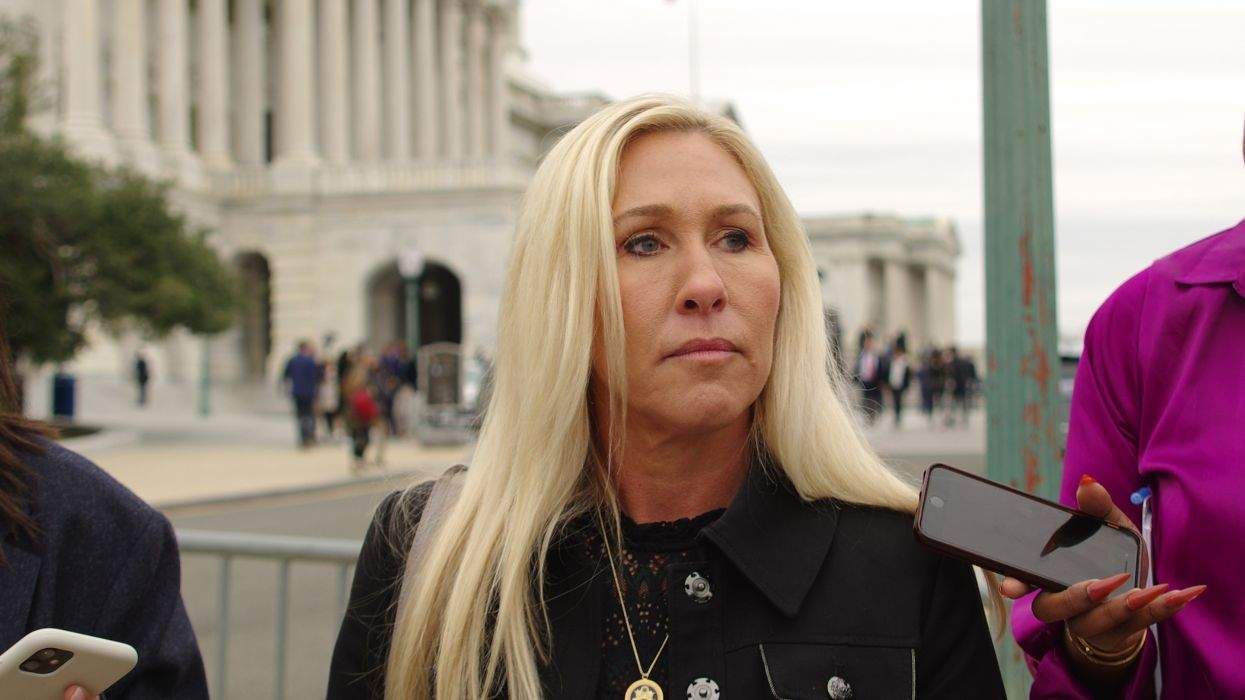
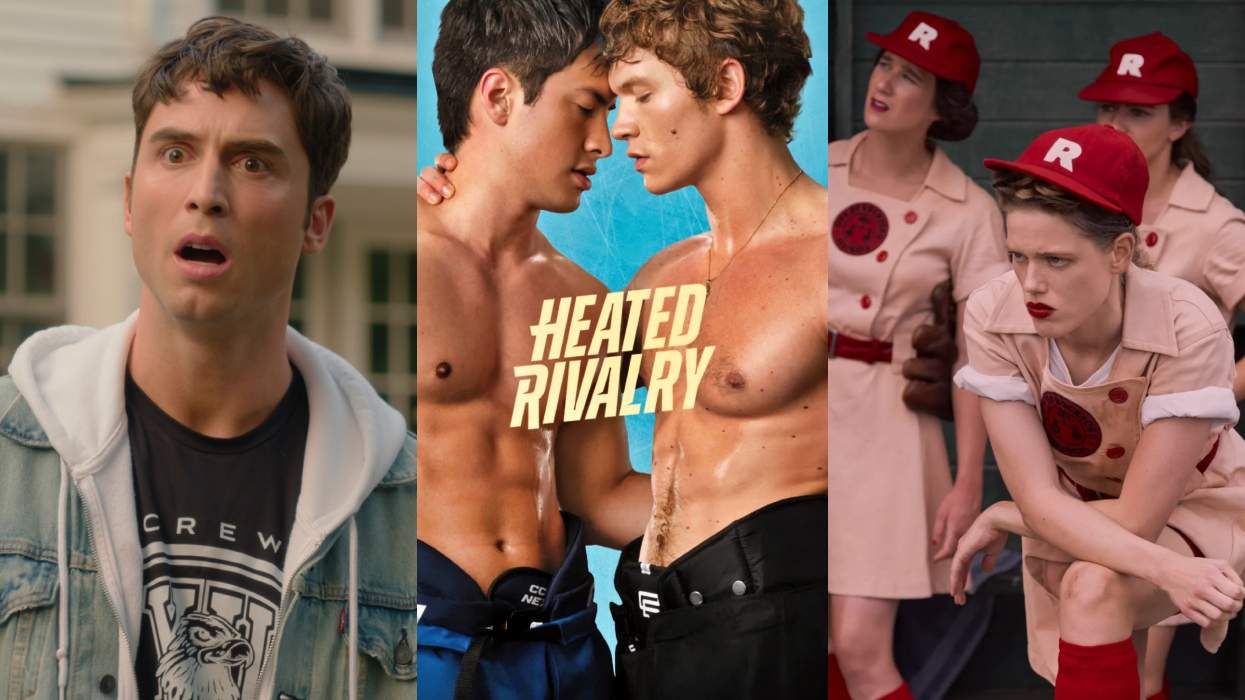
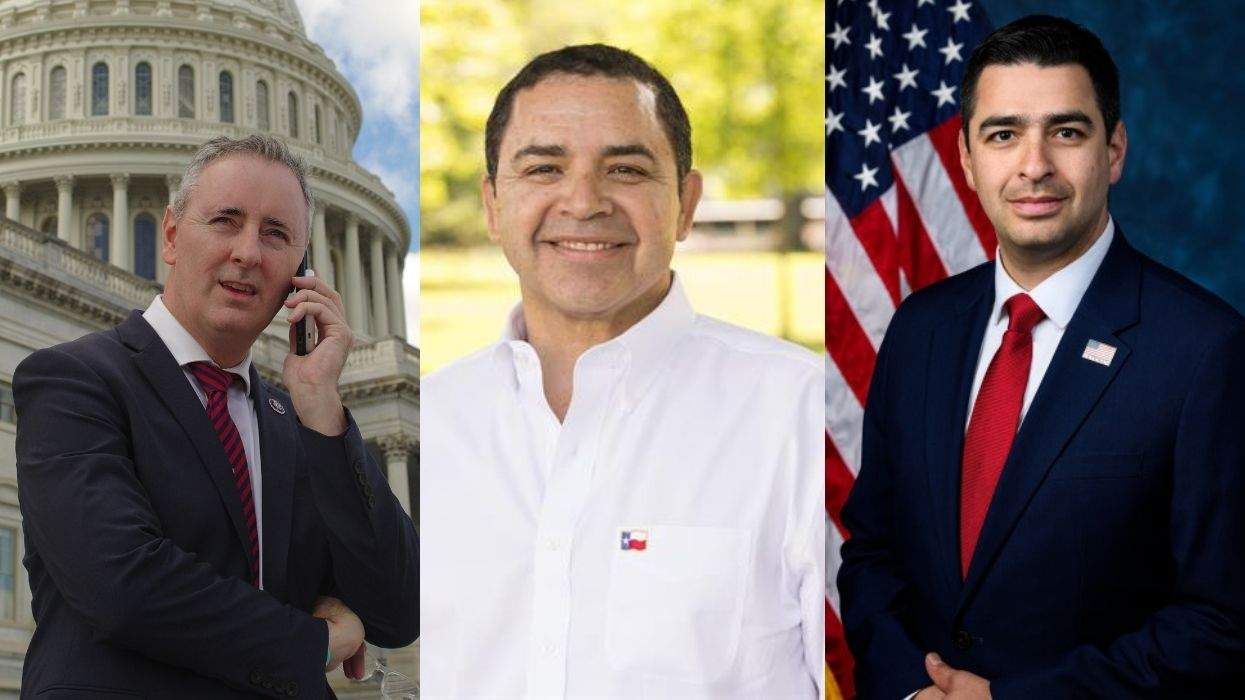

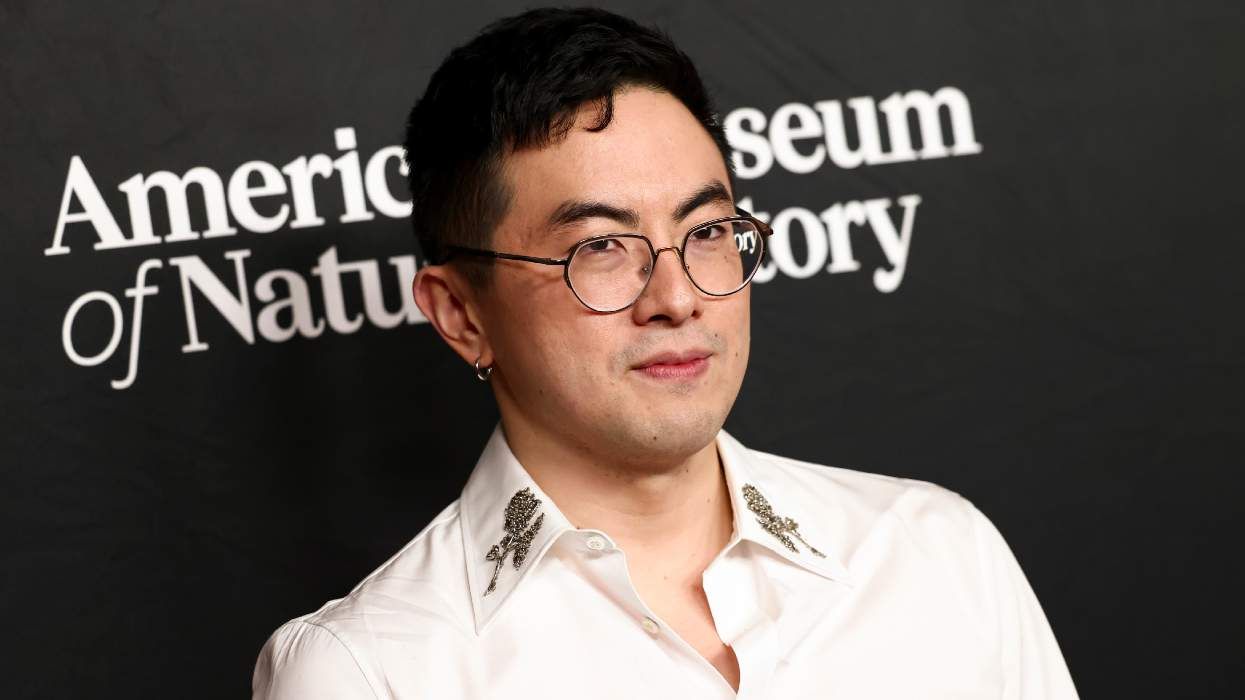
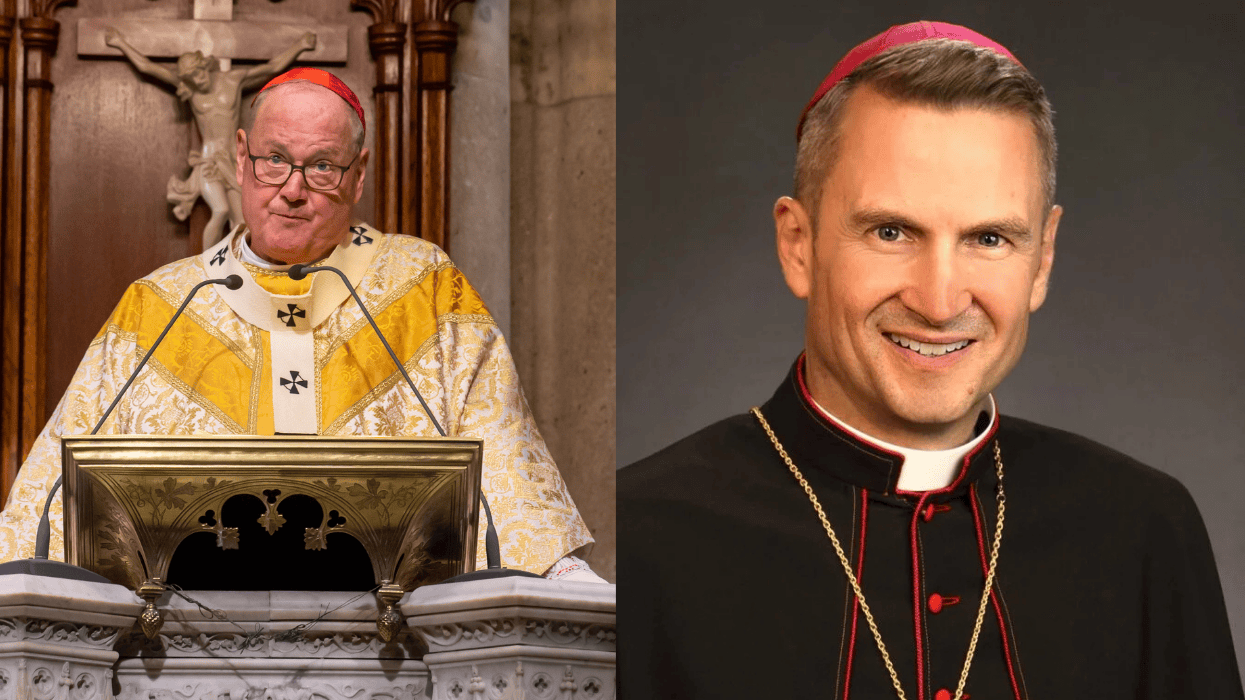
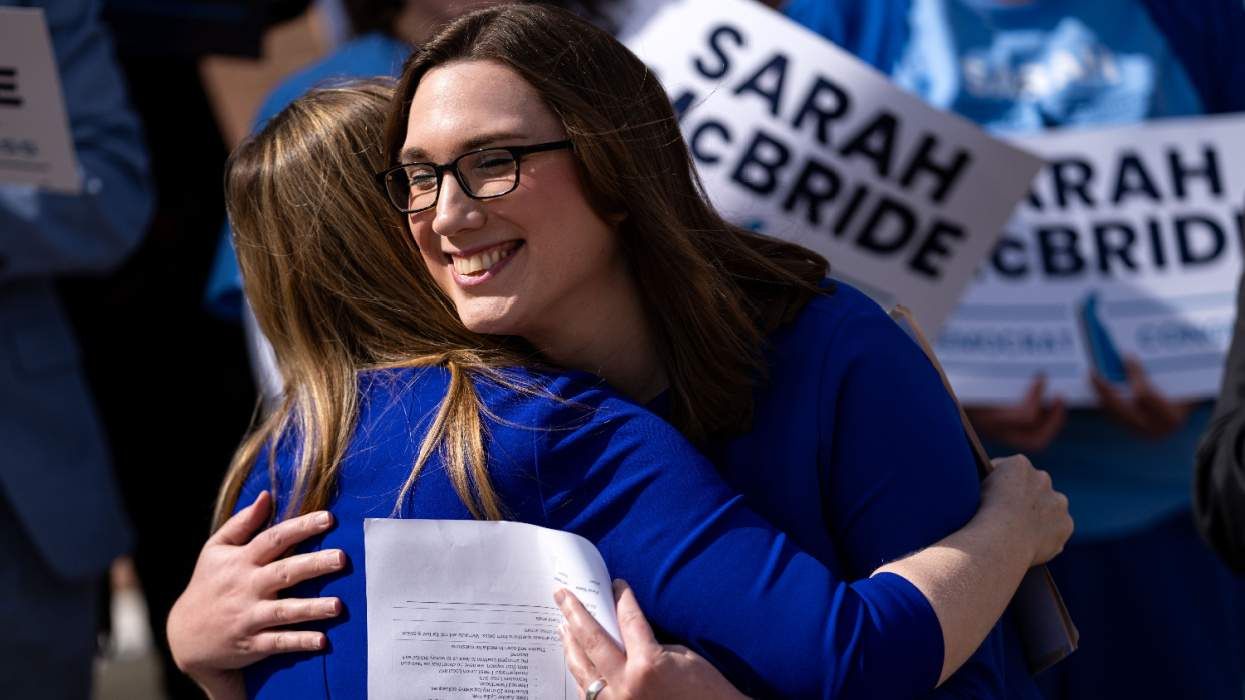
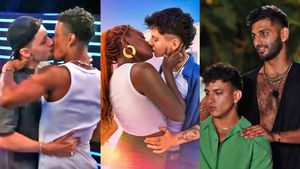

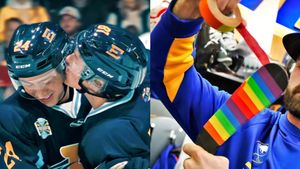








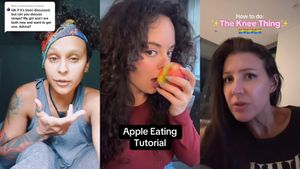




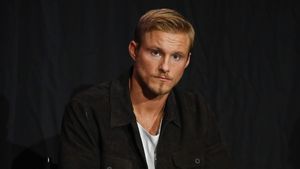

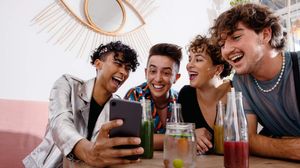








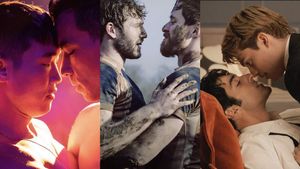




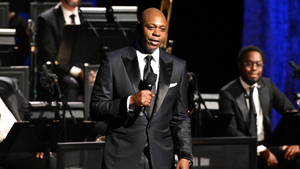

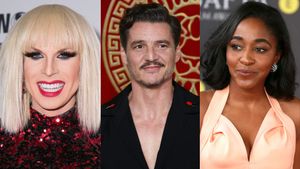

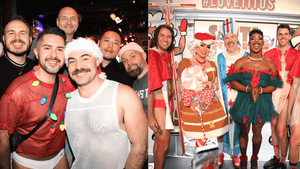


Charlie Kirk DID say stoning gay people was the 'perfect law' — and these other heinous quotes